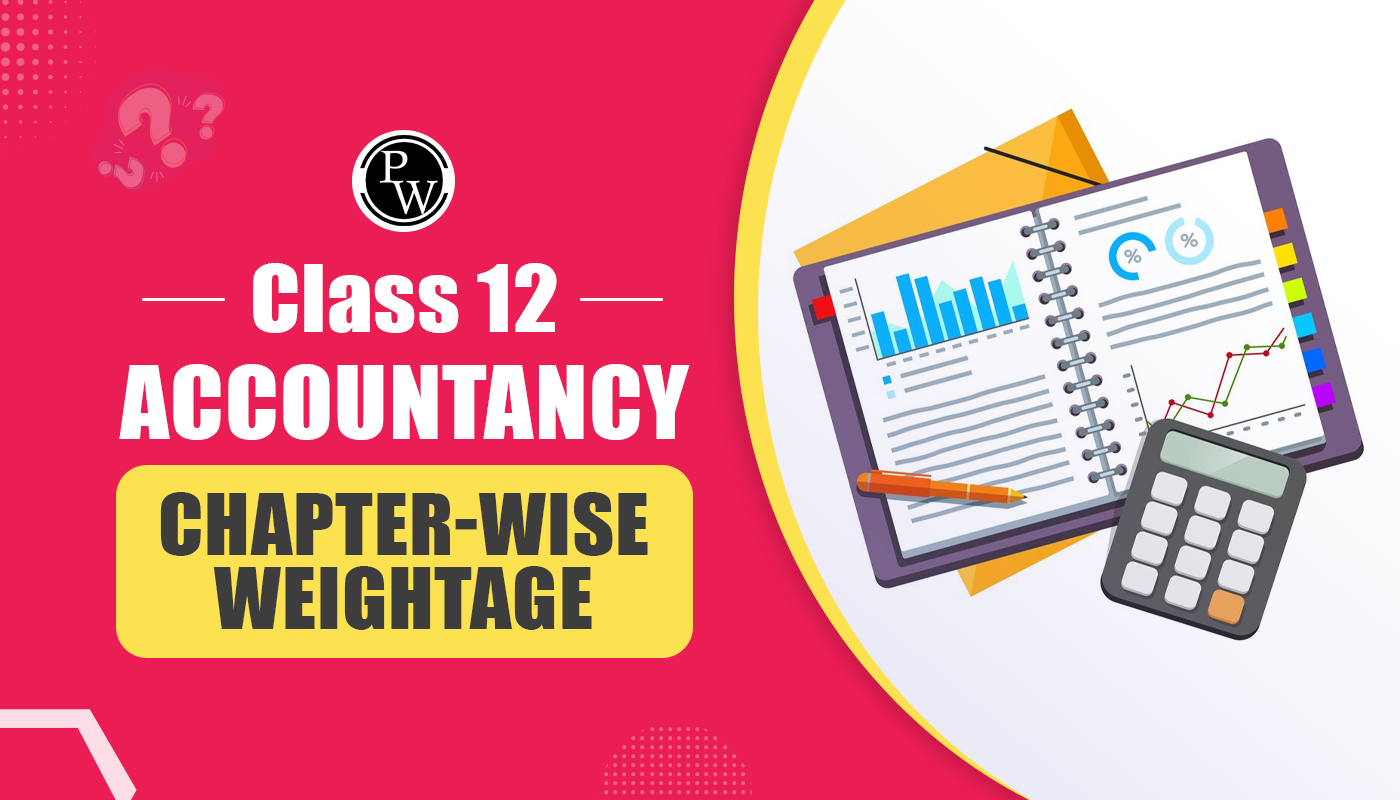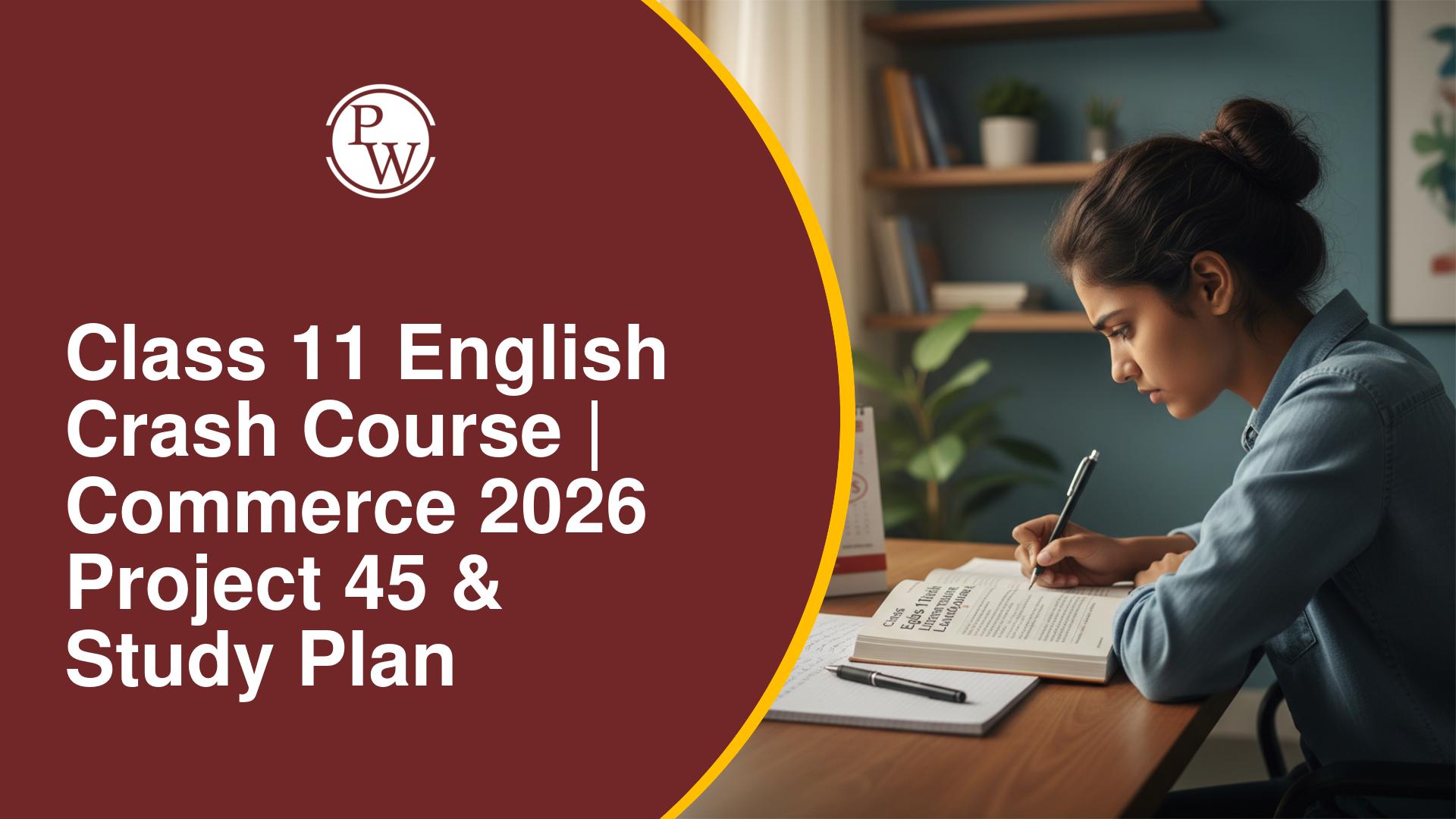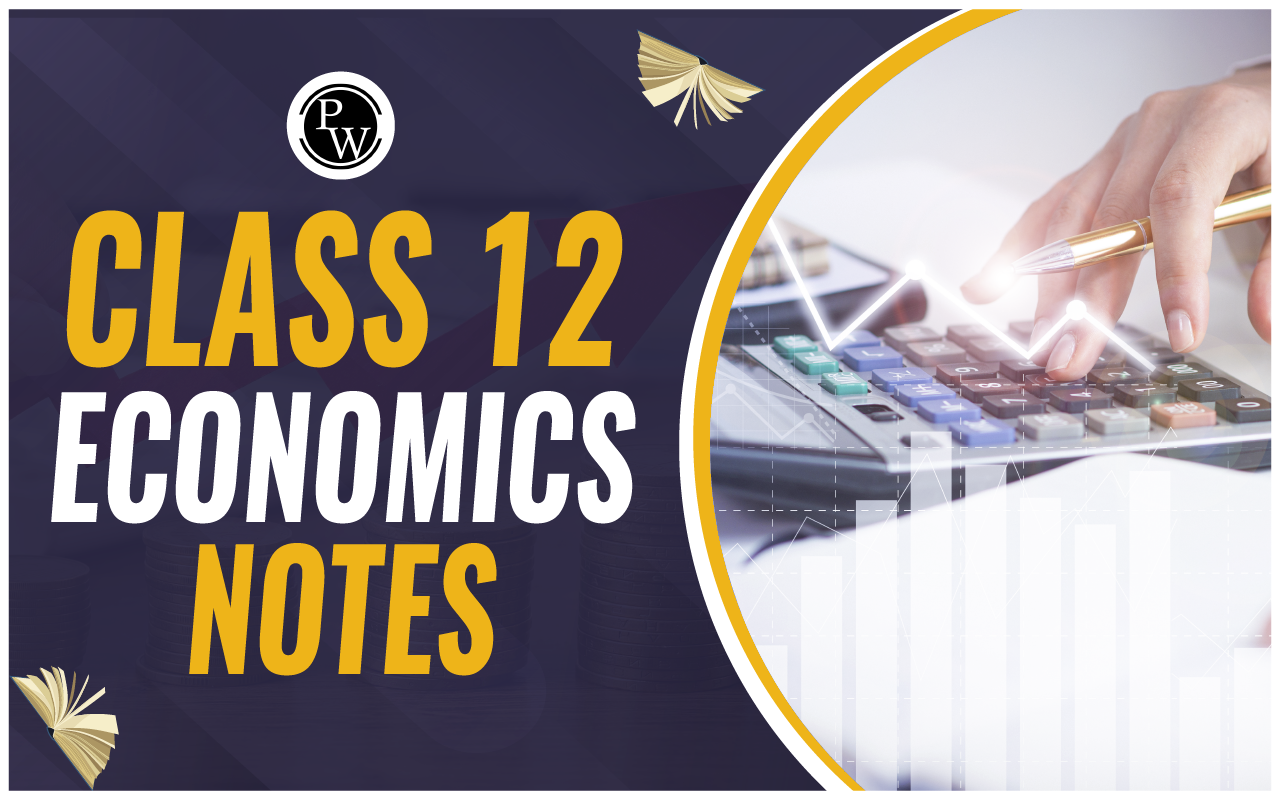
How to Prepare a Balance Sheet in Class 12 Accountancy: A balance sheet is one of the most important financial statements in Class 12 Accountancy, helping students understand the financial position of a business. It provides a clear representation of a company’s assets, liabilities, and equity at a specific point in time. How to Prepare a Balance Sheet in Class 12 Accountancy is a crucial concept that requires a proper understanding of classification, format, and adjustments.
Understanding the Balance Sheet in Class 12 Accountancy
Before understanding how to prepare a balance sheet in Class 12 Accountancy, it is essential to know its definition and importance.
A balance sheet is a financial statement that presents the financial position of a business by listing its assets and liabilities. It follows the fundamental accounting equation:
Assets = Liabilities + Owner’s Equity
This equation ensures that the balance sheet is always balanced, reflecting accurate financial information.
Steps on How to Prepare a Balance Sheet in Class 12 Accountancy
Below we’ve mentioned step-by-step process of how to prepare a balance sheet:
1. Identify the Components of the Balance Sheet
The balance sheet is divided into two sections:
-
Assets (Fixed and Current)
-
Liabilities and Owner’s Equity
Understanding these components is the first step in how to prepare a balance sheet in Class 12 Accountancy.
2. Classify the Assets and Liabilities
The balance sheet consists of two main categories:
Assets: These are further divided into Fixed Assets and Current Assets.
- Fixed Assets: Tangible (land, building, machinery) and Intangible (goodwill, patents, trademarks).
- Current Assets: Cash, stock, debtors, prepaid expenses.
Liabilities: Divided into Long-Term and Current Liabilities.
- Long-Term Liabilities: Loans, debentures.
- Current Liabilities: Creditors, outstanding expenses, short-term loans.
Understanding these classifications is essential in how to prepare a balance sheet in Class 12 Accountancy.
3. Format of the Balance Sheet
There are two formats used:
-
T-format (Account Form): Assets are on the right, and liabilities are on the left.
-
Vertical Format (Report Form): Lists liabilities first, followed by assets.
Below is the standard format of a balance sheet:
| Balance Sheet Formate | |||
| Liabilities & Equity | Amount (₹) | Assets | Amount (₹) |
| Liabilities | Assets | ||
| Long-Term Liabilities | XXXX | Fixed Assets | XXXX |
| Current Liabilities | XXXX | Current Assets | XXXX |
| Total Liabilities | XXXX | Total Assets | XXXX |
| Owner's Equity | |||
| Capital | XXXX | ||
| Add: Net Profit | XXXX | ||
| Less: Drawings | XXXX | ||
| Total Liabilities & Equity | XXXX | Total Assets | XXXX |
Students should follow the prescribed format in their syllabus while learning how to prepare a balance sheet in Class 12 Accountancy.
4. Recording the Transactions
After classifying the items, the next step in how to prepare a balance sheet in Class 12 Accountancy is recording transactions accurately.
Assets and liabilities should be recorded based on their nature.
Any adjustments, like depreciation or outstanding expenses, should be included.
Net profit or loss should be adjusted in the capital account.
5. Adjustments in the Balance Sheet
Adjustments play a significant role in how to prepare a balance sheet in Class 12 Accountancy. Common adjustments include:
Depreciation: Deducted from fixed assets.
Outstanding Expenses: These are Added to liabilities.
Prepaid Expenses: Added to assets.
Provision for Doubtful Debts: Deducted from debtors.
Accrued Income: Added to assets.
These adjustments ensure accuracy in financial reporting.
6. Ensure the Balance Sheet is Balanced
The final step in how to prepare a balance sheet in Class 12 Accountancy is ensuring that total assets equal total liabilities and owner’s equity. If there is a mismatch, students should recheck their calculations.
Example of a Balance Sheet
To better understand how to prepare a balance sheet in Class 12 Accountancy, consider the following example:
Example: A business has the following financial details:
-
Fixed Assets: ₹5,00,000
-
Current Assets: ₹2,00,000
-
Long-Term Liabilities: ₹3,00,000
-
Current Liabilities: ₹1,00,000
-
Capital: ₹2,50,000
-
Net Profit: ₹50,000
Using the balance sheet format:
| Balance Sheet of XYZ | |||
| Liabilities & Equity | Amount (₹) | Assets | Amount (₹) |
| Liabilities | Assets | ||
| Long-Term Liabilities | 3,00,000 | Fixed Assets | 5,00,000 |
| Current Liabilities | 1,00,000 | Current Assets | 2,00,000 |
| Owner’s Equity | |||
| Capital | 2,50,000 | ||
| Add: Net Profit | 50,000 | ||
| Total Liabilities & Equity | 7,00,000 | Total Assets | 7,00,000 |
This example demonstrates how to prepare a balance sheet in Class 12 Accountancy with actual values to provide clarity.
Importance of Preparing a Balance Sheet in Class 12 Accountancy
Understanding how to prepare a balance sheet in Class 12 Accountancy is essential because:
- It provides a snapshot of financial health.
- It helps in decision-making.
- It ensures transparency in business transactions.
- It is required for financial analysis and reporting.
Common Errors While Preparing a Balance Sheet
Students often make mistakes while learning how to prepare a balance sheet in Class 12 Accountancy. Common errors include:
- Incorrect classification of assets and liabilities.
- Missing adjustments.
- Calculation mistakes.
- Forgetting to balance the equation.
To avoid these mistakes, students should practice regularly and cross-check their work.
Understanding how to prepare a balance sheet in Class 12 Accountancy is essential for students aiming to excel in accountancy. By understanding the format, classification, and adjustments, students can prepare accurate financial statements. Regular practice and attention to detail will ensure success in the exam and practical applications of financial accounting.
By following these steps, students can confidently answer any question related to how to prepare a balance sheet in Class 12 Accountancy in their board exams. It not only enhances conceptual understanding but also builds a strong foundation for higher studies in commerce and finance.
Join PW Commerce Online Course and unlock your potential with quality education and dedicated learning support.
How to Prepare a Balance Sheet FAQ
Why is a balance sheet important in Class 12 Accountancy?
What are the two main formats of a balance sheet?
What happens if the balance sheet does not balance?










